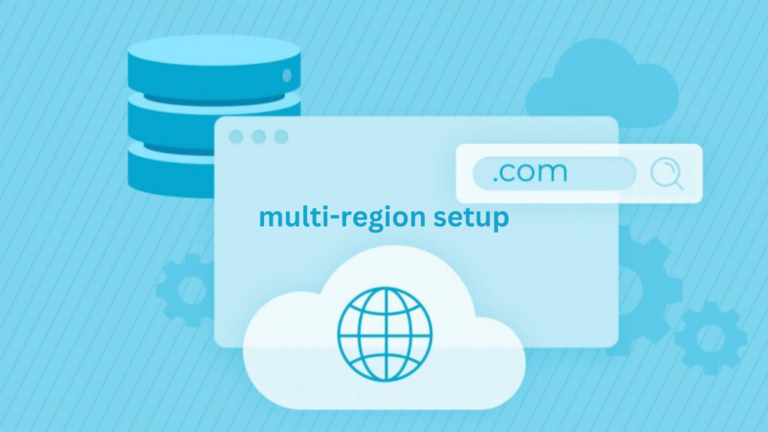How does DNS handle multiple A records for the same domain?
If you’ve ever wondered how the internet knows where to send you when you type a website address into your browser, you’re not alone. The Domain Name System (DNS) is responsible for this job. It translates the easy-to-remember website names into numbers that computers use to identify each other.
In this article, we’ll focus on a specific part of DNS—A records—and how it handles multiple A records for the same domain.
What Is an A Record in DNS?
Before diving into multiple A records, let’s start with the basics. An A record (short for “Address record”) in DNS is like a phonebook entry that links a domain name to an IP address. Every website has an IP address, which is just a series of numbers that tells the internet where to find it. The A record makes it possible for you to type in something simple like “example.com” instead of the complicated number that actually connects to the website.
Example:
If you type “example.com” in your browser, DNS looks up the A record for this domain and gets the IP address like “192.168.1.1,” which leads your browser to the right website.
What Happens When There Are Multiple A Records?
Now, you might be wondering, “Can a domain have more than one A record?” The answer is yes! It’s quite common for websites to have multiple A records for the same domain. Here’s why:
- Load Balancing:
Multiple A records allow DNS to distribute traffic across several servers. This helps balance the load, so no single server gets overwhelmed. If one server is busy or goes down, another server can take over without affecting the website’s availability. - Redundancy:
If one server goes offline due to maintenance or a technical issue, the DNS can automatically direct visitors to another available server. This keeps your website running smoothly, even if something goes wrong with one of the servers. - Geographical Distribution:
For websites that serve users all over the world, having multiple A records pointing to servers in different locations can speed up the website’s loading time. DNS will direct users to the server that is geographically closest to them, improving their browsing experience.
How Does DNS Decide Which A Record to Use?
When DNS returns multiple A records for a domain, it doesn’t always pick the same one every time. The decision process is usually as follows:
- Round-Robin DNS:
This is the most common method where DNS returns the A records in a rotating order. When one request comes in, it might get the first IP address; the next request might get the second one, and so on. This helps to distribute the traffic evenly among all available servers. - Failover:
If a server is down, DNS may skip the A record for that server and choose the next available one. This ensures the website stays up even if one server is not responding. - Randomized Selection:
Some DNS servers might randomize the order of A records they return. This helps avoid any one server from getting too much traffic over time.
Benefits of Multiple A Records
There are several reasons why using multiple A records can benefit a website:
- Increased Reliability: With multiple servers, your website is less likely to experience downtime because traffic can be redirected if one server fails.
- Better Performance: By distributing traffic across multiple servers or data centers, websites can load faster for users no matter where they are.
- Flexibility: Multiple A records give website owners more control over where and how their website is hosted.
Potential Downsides of Multiple A Records
While there are many advantages, there are some things to be aware of:
- Complexity: Managing multiple A records can be tricky, especially if the servers are located in different regions. Website administrators need to keep track of which servers are functioning properly to avoid sending traffic to a broken server.
- DNS Caching: DNS results are cached by computers and DNS servers for a certain period. If the A record changes during this time, some users may still be sent to an outdated or non-functional server.
Conclusion
DNS is a powerful system that makes sure you’re able to reach the websites you want without even thinking about how it works. When a domain has multiple A records, it’s a way to make the website more reliable, faster, and efficient. Whether it’s through balancing the load across servers, providing redundancy, or improving speed by choosing the nearest server, multiple A records are a simple yet essential part of how the internet works today.






